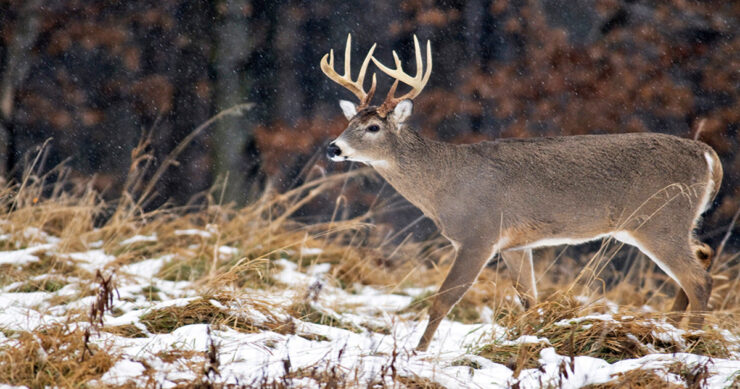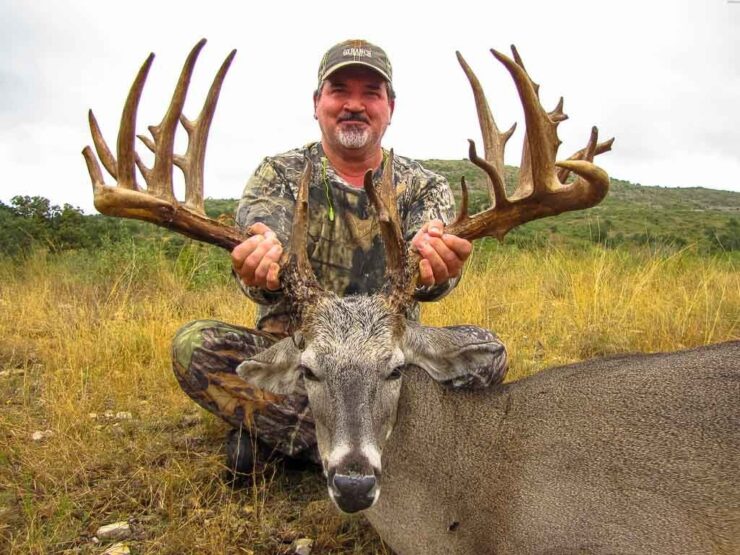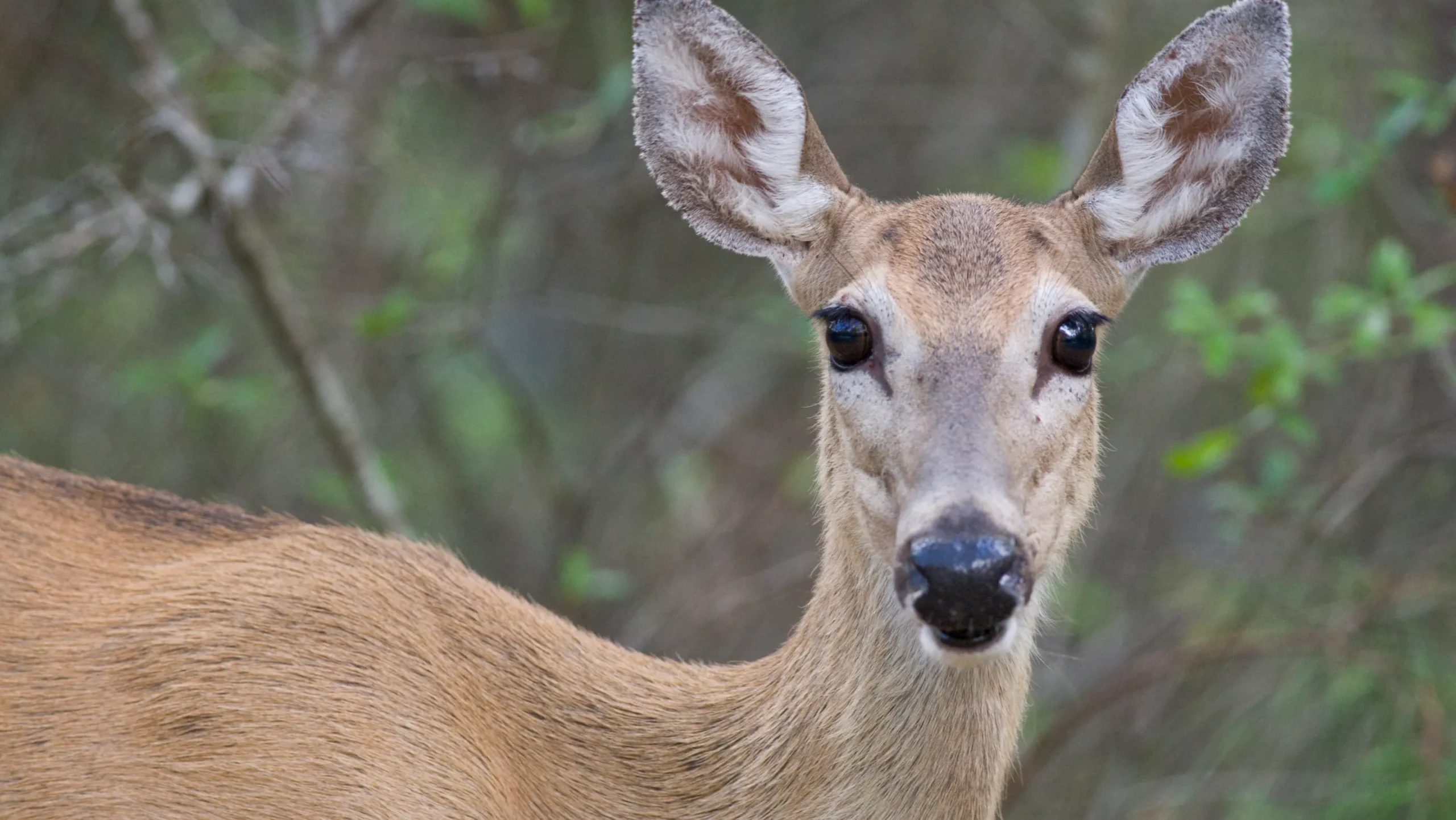I was just looking for information on the “Montana Fire Picture” that I found using the jump.net/hunting website. Can I get a print of this picture? Where? Since it is on the internet, is it “public domain”? Can I print one out for myself after I have downloaded it?
The fire picture is public domain. Taken by a wild fire, firefighter while on duty. This make it public domain. I don’t know of any place to get a print of it. But you could download it off of my sight and print it out.
Also photos on the internet aren’t automatically in the public domain. Putting pictures up on the internet does not give anyone the right to them.
I enjoy your web page. I was wondering if you could help me decide what caliber rifle I should buy? I hunt in Fla. and I am presently using a 243 and I want something larger. Something just as accurate however, something with a little more knock down and wont get deflected by tree branches as easy. I seem to be between a 270 and a 30-06. I am open to any helpful suggestions!
The 30-06 is a good choice. It gives you plenty of knockdown power. And is very popular, in case you need to buy shells at a small store because you forgot yours or if you need to borrow some at camp. Contrary to popular belief the .270 should be a better brush gun than traditional brush guns. You wont here this anywhere else. But the fact remains the smaller the diameter of the bullet the more stable it is (actually.. close enough for this discussion)! Also the smaller bullet is less likely to actually hit something than a .30 cal. bullet due to is smaller size.
Either one will work fine. I would suggest that you first search for the rifle that you want and then choose between the calibers. The rifle is actually more important than if it is .270 vs. 30-06.
Also many .270 fans claim the flatter trajectory when comparing the two using that as a factor in which to buy. But if you look at ballistics tables you will see the difference is not significant enough to be considered a factor.
My biggest reason for favoring the 30-06 over the .270 is due to the fact that you have a greater bullet selection. The 06′ is more versital should you decide to hunt out west. Take your pick both are excellent choices. The differences are really pretty small. So it really boils down to, which of the above reasons fits you.
(small part of the question conserning managing and trying improve genetics) How important is it to high fence our property to manage our deer herd and should we high fence the entire property or only a portion of the property?
The question of the high fence is fairly simple. You only need the high fence if the deer on your neighbors place will be hunted in a manner that is different than your management scheme. If you are dead serious about genetically molding your deer herd then it is imperative that you do not allow other management techniques to harvest deer contrary to your management techniques.

As I have said before genetic manipulation of a deer herd is extremely difficult. So if any of your neighbors are using different standards and techniques, even if they are highly restrictive trophy buck management techniques, then your efforts will be wasted as far as genetics goes.
You have one side fenced. No doubt that side is ideal. You have land to the North and South assisting in the management. This can be good for trophy management. But if they are not following your rules exactly or your neighbors are high fenced then even if it is ok to share deer with them to grow trophy bucks it will not be ok if you are intent on managing your deer with the goal to affect the genetic make up. I want to be clear on this. I think it could be great to share (no fence) deer with them but they must follow the same rules to have benificial results genetically (not phenotype) .
Phenotype is the outward expression of genes. Genotype is the actual genetic make up. So my view is no problem leaving the fences down on the North and South side, but if they have slightly different management practices then someone that was a die hard believer in genetic manipulation would have to object. I don’t because I think genetic make up is not worth the time and effort. It is better to concentrate on other things that affect rack size that you CAN control and influence.
Base on the size of our land, what do you feel would be number of does and bucks per year to be harvested needs to be?

I could throw out a number that might be acceptable for most people that have nonfenced deer leases. But considering that you are intensely managing your land, I don’t believe I can give you an anwer that would be helpful. The best advice I can give you on this is to keep vigilant records of all deer killed. This includes does. All deer need to be, at a minimum, aged and weighed. Bucks should also have their antlers measurements taken also.
This includes all bucks regardless of size and age. Over time you will be able to use these numbers as a basis to make decisions on how heavily to harvest the does. Obviously a wild piece of land of a given size would support less deer than the same piece of land with year-round food plots. Every piece of land is different so there is no one number per acre that can be used.
What is your take on year round feeding through feeders or troughs? Protein and food plots? What would work for this type of area? and how spread out would they need to be?
Considering that you are letting the bucks grow old on your land which is the number 1 ingredient in huge racks, then supplementally feeding the deer on your land is in my opinion the next step to take (easily over genetics) in producing those monster bucks. Just as top Olympic and professional athletes can only reach their maximum potential with a proper diet, the same is true of bucks. They can only reach their potential with adequate nutrition. Supplementing their intake of nutrition will have meaningful, measureable results. Provided it is done on a large enough scale.
Whether supplemental food is provided in the form of feed or food plots is a personal choice. Generally it is cheaper to plant then it is to buy the feed in my area and most areas. But local considerations in your area might dictate the use of feeders at least part of the year. It all depends on your land and what will grow and how well it will grow. Remember clover on poor soil will not be as nutritious as clover on good soil.
So the bottom line is if you want to improve the antler development of the deer then heavy use of food plots or feeders is the next step.
What are the effects of cattle on the deer (being that we have approximately 70 head and rotate them through 5 pastures) and should we attempt to eliminate all Javalin and Hoggs on the property?
I will try to be concise. Deer only eat the best plants on your land. Cows can eat food of much poorer nutrition than deer. Cattle can survive on hay (dead grasses); whereas, deer will starve to death on a diet of hay. They could die with a full stomach. So this being said the relationship of cattle to deer is a bad one for the deer because although the cattle can survive on hay, they much prefer the succulent vegetation that deer require. The cattle will eat the “deer food” first before turning to the less desirable vegetation.
So purely on a matter of the facts as they relate to deer, get rid of the cattle! But in the real world we must sometimes do what isn’t best for the deer to make the deer buisiness more profitable. So fencing of food plots or feeders are a couple of things you can do to keep the cattle but also maintain good nutritious food for the deer.

